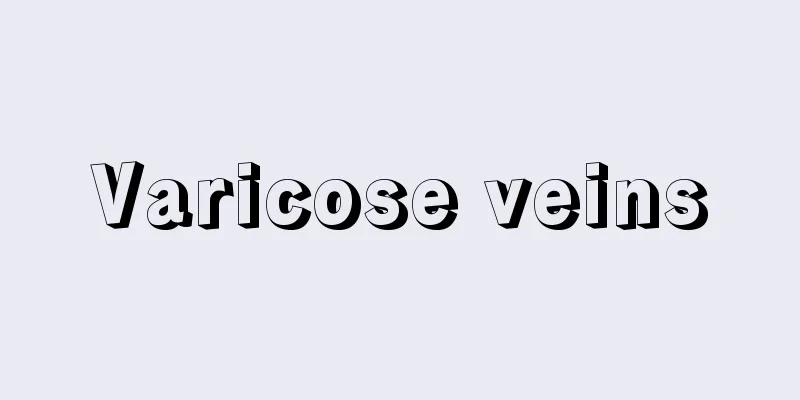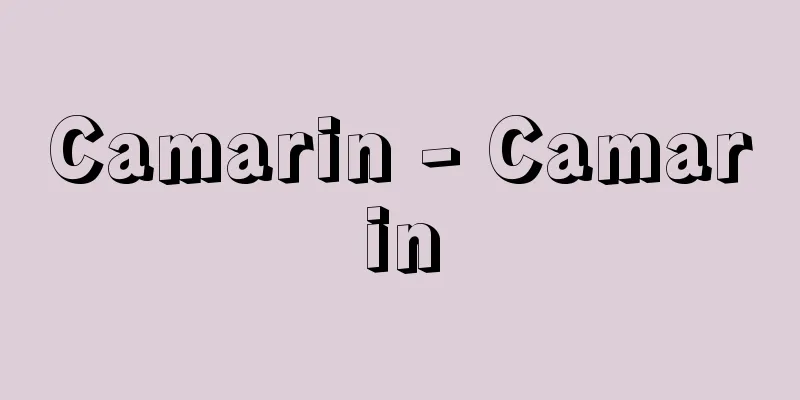Varicose veins

What is the disease? Many of the veins on the surface of the legs (called superficial veins) expand, Most of the time, it is primary, and it is common in women who work standing up a lot, and it improves by elevating the legs. It is more noticeable in the evening, but it usually disappears by morning after a night's sleep. Not only the superficial veins of the lower limbs, What is the cause? The veins in the legs are classified as the superficial venous system ( The most common cause of primary varicose veins is caused by dysfunction of the venous valves. In addition to the weakness of the original venous wall structure, other factors such as genetic factors, pregnancy, obesity, and standing work have also been pointed out. How symptoms manifest In the early stages, venous In the chronic stage, symptoms include edema, bleeding, skin pigmentation, Testing and diagnosisPrimary varicose veins are diagnosed when varicose veins worsen due to sagging of the legs and improve with elevation. In other words, if varicose veins become more pronounced when standing and disappear when the legs are elevated, they are considered to be primary varicose veins, and surgery may be considered depending on the symptoms. Recently, ultrasound tomography and venography have become possible to diagnose the location and extent of varicose veins in more detail. Treatment methodsIn early, mild cases, symptoms can be improved by avoiding standing for long periods of time, wearing compression stockings, and elevating the affected limb at night. For patients with severe symptoms and large varicose veins, those with severe congestion that does not improve even by elevating the legs, those with chronic venous circulatory insufficiency, and those with recurrent thrombophlebitis, treatments include 1) subcutaneous stripping of the large and small saphenous veins, 2) high ligation and dissection of the vein, 3) removal of the varicose veins, and 4) injection of a sclerosing agent. What to do if you notice an illnessUnfortunately, this disease cannot be cured completely. If the swelling disappears after a night's sleep, there is no need to wait and see, but if the swelling does not go away the next morning, it is necessary to see a doctor, including having the whole body checked for illnesses. Yoshiaki Maruyama Varicose veins |
どんな病気か 足の表面にあるたくさんの静脈(表在静脈という)が拡張し、 ほとんどは一次性で、立ち仕事の多い女性に多く現れ、足を挙上する(高く上げておく)ことによって改善します。夕方に目立ちますが、一晩寝ると朝には消失していることがほとんどです。 下肢の表在静脈だけでなく、 原因は何か 足の静脈は、表面を走る表在静脈系( 最も多くみられる、静脈弁の機能不全によって起こる一次性の静脈瘤の原因としては、もともとの静脈壁の構築の弱さだけでなく、遺伝的要因や妊娠、肥満、立ち仕事といった要素の関連も指摘されています。 症状の現れ方 初期には静脈の 慢性期になると、浮腫、出血、皮膚の色素沈着、 検査と診断下肢の下垂による静脈瘤の悪化と挙上による改善で、一次性静脈瘤が診断されます。すなわち、静脈瘤が立位により著しくなり、足の挙上によって消える場合には一次性静脈瘤と考えられ、症状に応じて手術なども考慮します。 最近では、超音波断層法や静脈造影によってより詳しい静脈瘤の部位と程度の診断が可能です。 治療の方法初期の軽度のものでは、長時間の立位を避け、弾性ストッキングを着用し、夜間に患肢を挙上する(高く上げておく)ことによって、症状は改善します。 症状が強く大きな静脈瘤があるもの、うっ血が著しくて下肢の挙上でも改善しないもの、慢性の静脈血行不全があるもの、血栓性静脈炎を繰り返すものなどに対しては、①大小伏在静脈の皮下抜去(ストリッピング)、②静脈の高位結紮剥離、③静脈瘤の切除、④硬化薬注入による治療などが行われます。 病気に気づいたらどうするこの病気は、残念ながら完治することはありません。一晩寝て翌日には消える程度のものならば様子をみてもかまいませんが、翌朝もむくみがとれない場合は、全身の病気のチェックも含めて、一度内科医の診察を受けることが必要です。 丸山 義明 静脈瘤
|
Recommend
Mackenzie Mountains
A mountain range that runs from the eastern Yukon ...
Arena
〘noun〙 (arena) 1. A type of theater in which the a...
Ezo dragonfly - Ezo dragonfly
A general term for the family Scutellaria, order ...
Anglocaste - Anglocaste
…It was introduced in the Meiji era. In addition ...
Leuven
…It is located about 30km east of Brussels. In Du...
Bulbous iris - Bulbous iris
...Iris that are cultivated include wild species ...
Tsuruta [town] - Tsuruta
A former town in Satsuma County in northern Kagosh...
《Meeting hall》
…Beginning with the free-spirited and fantastical...
Mirghani (English spelling)
...The governments of the two major indigenous fa...
Terminalia catappa L.
A semi-deciduous tall tree of the Combretaceae fam...
Edo Exchange - Edogawase
〘Noun〙 In the early modern period, ordinary money ...
Algeria - People's Democratic Republic of Algeria (English spelling)
A country in the northwest of the African contine...
Fai Fo (English spelling)
The ancient name of Hoi An, the capital of the for...
Tide generating force
The direction and magnitude of the gravitational ...
Kinryu Sanjin - Kinryu Sanjin
…He was commonly known as Yohei and also as Hikoz...









